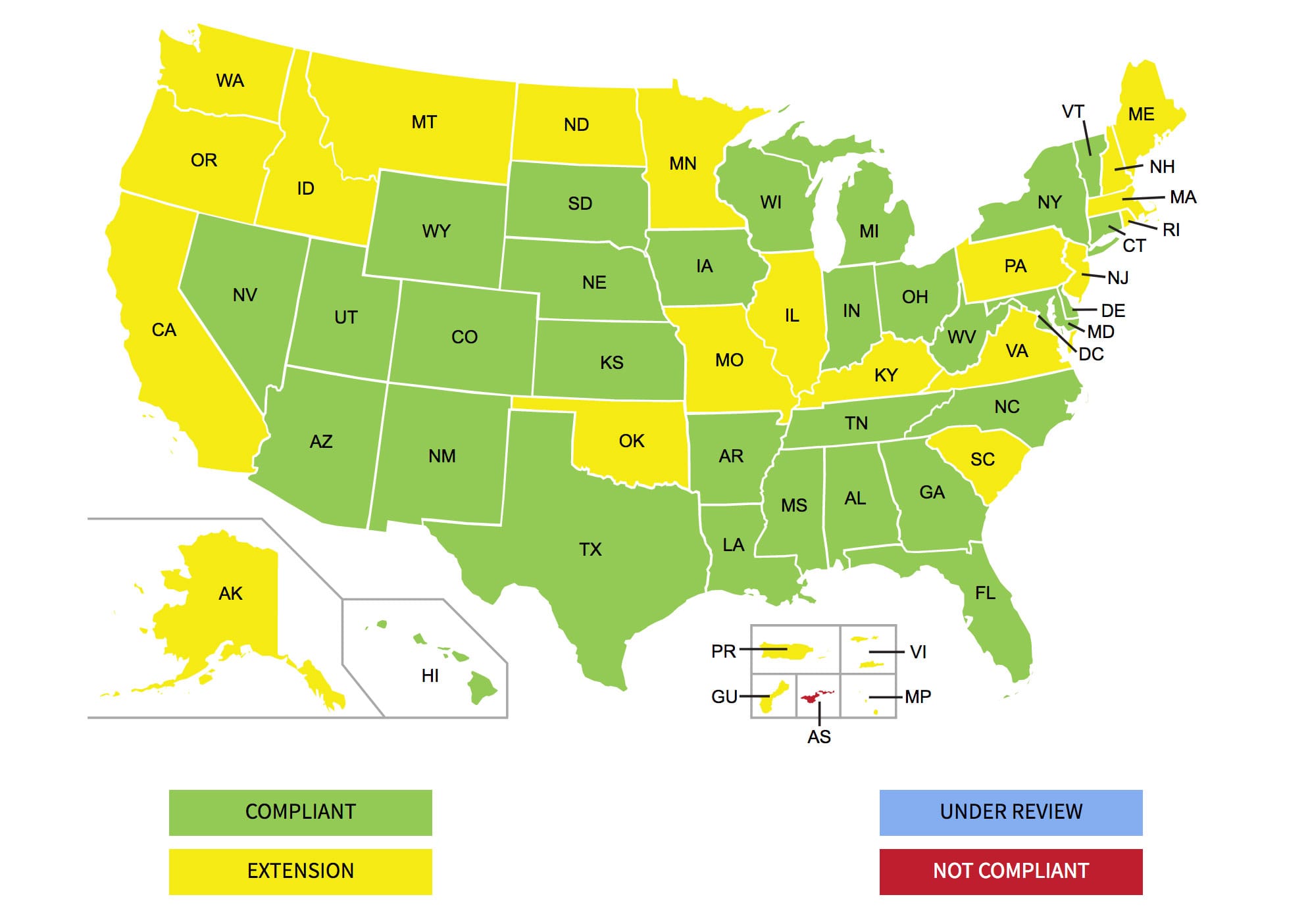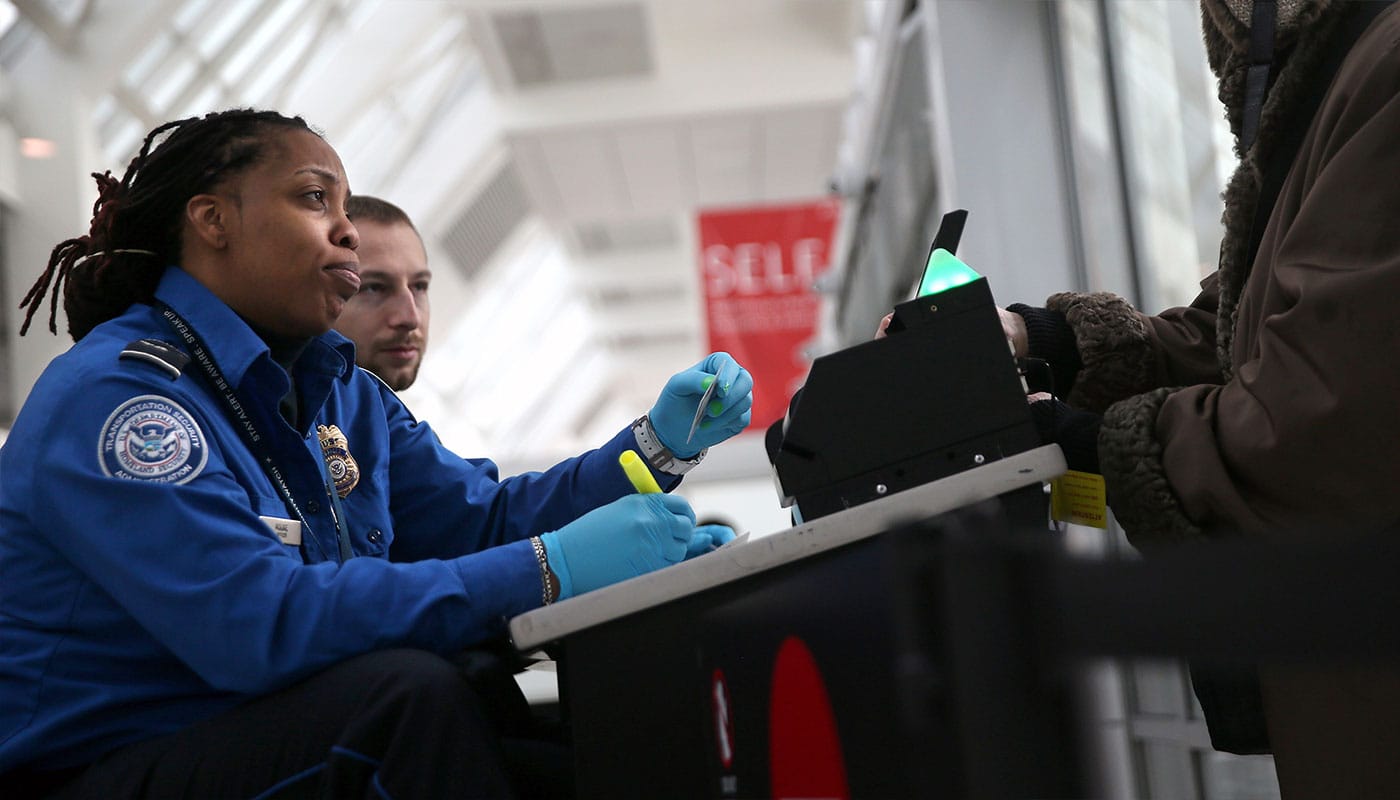The REAL ID Act of 2005 is a federal law that imposed new requirements on states to verify the identity of citizens and legal residents who are issued driver’s licenses and identification cards. Prior to implementation of the law, states set their own criteria for who could be issued such documents and under what circumstances. States alone decided what data would be required prior to issuance and what information would be stored in the database and displayed on the card.
Because the United States does not issue a national ID, the federal government has always accepted state ID cards as proof of identity (such as at military bases, TSA airport security checkpoints, federal courts, etc.). The REAL ID Act sought to increase the security and validity of state-issued identification documents, requiring the following to be provided prior to the issuance of one:
- A photo or non-photo ID that includes a full legal name and birthdate.
- Documentation of the birthdate (such as a birth certificate or passport).
- Documentation of legal status and social security number.
- Documentation showing name and a physical address of residence.
These documents must be stored in the state database, and allow a state to legitimately certify the identity of a person. REAL ID cards issued by states feature a star in the upper corner.
The following chart shows the states that are compliant with the REAL ID requirements (in green) and those who have received extensions (in yellow). American Samoa, in red, has not received an extension and is labeled as non-compliant.

All 50 of the U.S. states are either compliant or have previously received an extension from the Department of Homeland Security. This means that driver’s licenses and identification cards from all 50 states are currently accepted at the TSA airport security checkpoints.
Residents of American Samoa can use their IDs at the airport, but as of February 5, 2018, cannot use them to access U.S. military bases.
All extensions will expire on October 1, 2020, when “‘card-based’ enforcement” of REAL ID will begin. From that date, the federal government and its agencies will only accept true REAL ID cards as proof of identity. This will apply to military bases, courts, nuclear facilities, airport security and more.
Because October 1, 2020 will be here before you know it, I encourage you to get the necessary documents together in preparation for the REAL ID verification at your next renewal. If you hold a U.S. passport, that will satisfy multiple requirements. For more information on REAL ID, visit the DHS website at www.dhs.gov.
Feature image courtesy John Moore/Getty Images.















